The theme of this event is Illustrating Medicine. This is a FREE event and bookings can be made here.
This event is run in conjunction with ArtsFest at the University of Wolverhampton.
PROGRAMME
ALICIA HUGHES (University of Glasgow) Medicine or Art?: Reassessing William Hunter’s The Anatomy of the Human Gravid Uterus, exhibited in figures (1774): In 1774, the physician-anatomist William Hunter published Anatomia uteri humani gravidi tabulis illustrata / The Anatomy of the Human Gravid Uterus, exhibited in figures (1774). Issued as an elephant folio, the book is the culmination of twenty-four years of work and includes thirty-four plates with life-size hyper-naturalistic engravings by artists such as Robert Strange after drawings by Jan Van Rymsdyk. Anticipating potential critique of the book’s stylistic choices, Hunter took pains in his preface to assure readers that although the book was lavishly illustrated, it was not excessively so, stating that he had ‘actually kept back several drawings which had been made, and two plates which had been engraved.’ The decision to exclude these extra images was based on a desire that the ‘work not be overcharged.’ This paper takes Hunter’s claim of authorial restraint as a departure point from which to examine the anatomist’s construction of authorship within Anatomia and to re-assess the complex style of the images and their circumstances of production. It asks how, despite Hunter’s claim of authorial control, wider, market-driven developments in intaglio methods in the 1760s significantly impacted the visual language of the book in hitherto unexplored ways. ALICIA HUGHES is an art historian and curator who specialises in early modern image-making and interdisciplinary histories of collecting. She received her PhD in History of Art from the University of Glasgow (2021), where she was part of the Leverhulme Trust-funded research project, ‘Collections: An Enlightenment Pedagogy for the 21st Century’. Her doctoral thesis focused on the eighteenth-century anatomist William Hunter (1718-1783) and the creation of his collection of anatomical drawings and prints. Her research sits at the intersection of histories of art, science, medicine, collecting, book history and material culture, and has a particular focus on issues relating to print culture, art markets, provenance and museums. Alicia is currently Project Curator at the British Museum, working on the AHRC-funded research project The Sloane Lab: Looking back to build future shared collections.
ALEX WRIGHT (University of Birmingham) Illustrating Medicine in Medical Dictionaries. Illustrations first appeared in medical dictionaries published in England in the eighteenth century and developed from simple woodcuts into engraved copper plates. In contrast the trend in the nineteenth century was for illustrations to be omitted from medical dictionaries with a resurgence in the twentieth century. The word ‘illustrated’ became included in the title and the number of pictures has become almost competitive. Mosby’s Medical Dictionary 11th edn. 2021) with over 2,450 illustrations inserted alongside the word definition is ‘twice the number of images in other medical dictionaries’ and the first to use ‘full colour’. At least nine pocket medical dictionaries developed in the twentieth century, one of which is entitled illustrated. Illustrations are now an integral component of on-line medical dictionaries but their purpose is debated. In surveying several printed medical dictionaries, human anatomy and pathology and technical aspects of medicine are well served by illustrations alongside word definitions. Understanding and retention of information is likely to be enhanced. ALEX WRIGHT undertook his medical training at Cambridge and King’s College Hospital, London. His is currently Honorary Senior Lecturer in medicine, University of Birmingham and Honorary Consultant Physician at University Hospitals, Birmingham. He was awarded his PhD in 2020 with a thesis entitled A Medicinal Dictionary (1743-45) by Dr Robert James (1703-76).
ANDREAS DEMETRIADES (New Royal Infirmary Edinburgh) ‘Norman Dott (1897–1973) and medical illustration: the importance of art to neurosurgery’ Anatomical information and pathologies have been conveyed through the medium of medical illustrations for centuries. In the formative years of British neurosurgery, Professor Norman Dott (1897-1973) utilised medical illustrations as a means of documenting neurosurgical advances and conveying pathological-anatomical correlation. He commissioned a vast number of medical illustrations over the course of his career, ultimately producing a diverse collection of items, most of which is cared for by Lothian Health Services Archive (LHSA), Edinburgh, Scotland. This talk considers the early life and work of Norman Dott and this prioritisation of visual documentation of surgical practice. It explores the impact of German-American medical artist Max Brödel on the artists employed by Dott, before presenting a short review of the medical illustrations they created. ANDREAS DEMETRIADES currently works at the Department of Neurosurgery, Division of Clinical Neurosciences, NHS Lothian, Edinburgh University Hospitals. His clinical and research interests are aligned in spinal surgery outcomes, trigeminal neuralgia, traumatic cranio-spinal injury, neuro-oncology, and neurosurgery in general. He also has interests in the History of Medicine.

